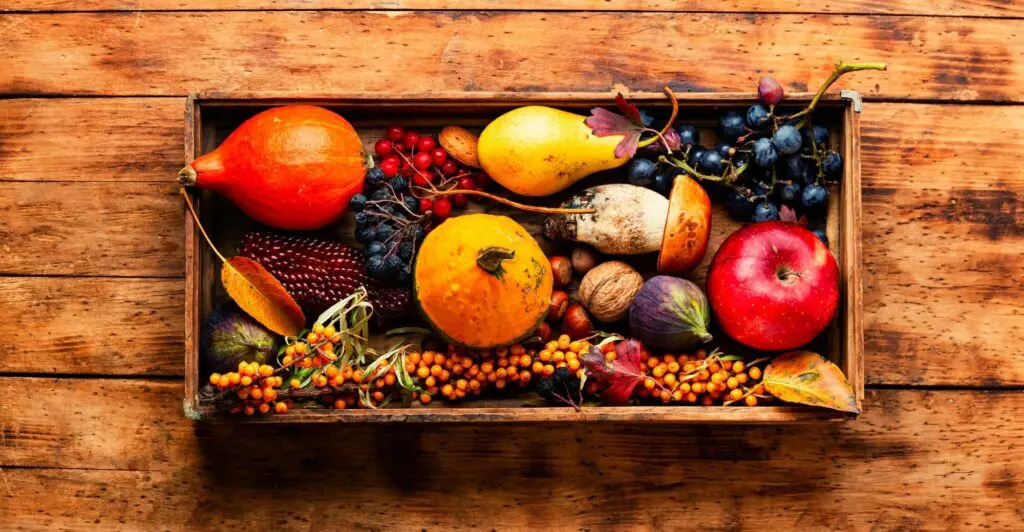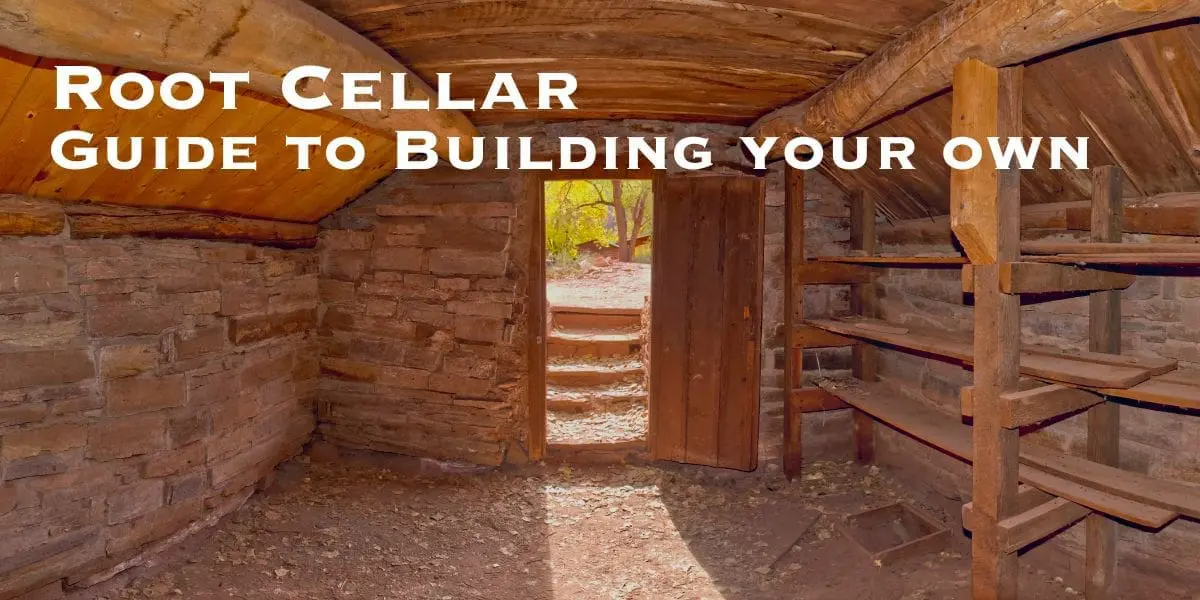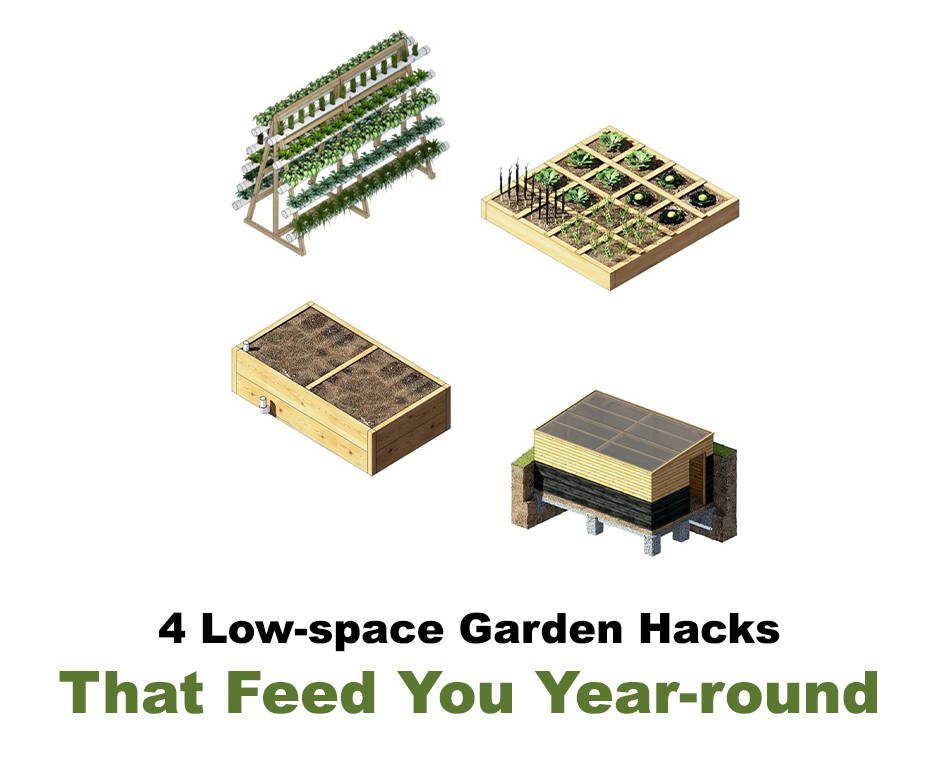Introduction
A root cellar is a traditional storage space designed to keep fruits, vegetables, and other perishable items fresh for extended periods. It is a below-ground structure that provides a cool, dark, and humid environment, ideal for preserving the harvest. Root cellars have been used for centuries by homesteaders and farmers to store their produce and ensure a steady food supply throughout the year.
For homesteaders, root cellars are invaluable assets that offer numerous benefits. They not only help in reducing food waste but also provide a cost-effective way to store and preserve vegetables and fruits. By having a well-designed and properly maintained root cellar, homesteaders can enjoy the taste of fresh produce even during the winter months when the garden is dormant.
In this comprehensive guide, I will walk you through the process of building and maintaining your own root cellar. From planning and design to construction and maintenance, I will provide you with all the necessary information and tips to create an efficient and effective storage space for your homestead.
So, let’s dive in and explore the world of root cellars!
Natural Cold Storage of Fruits & Vegetables
Benefits of Root Cellars
Root cellars offer a range of benefits for homesteaders, making them an essential addition to any self-sufficient lifestyle. Let’s explore some of the key advantages:

1. Preservation of Vegetables and Fruits
One of the primary purposes of a root cellar is to provide an optimal environment for preserving vegetables and fruits. The cool and humid conditions inside the cellar help slow down the ripening process and prevent spoilage. This means that you can store your harvest for extended periods without losing its freshness or nutritional value.
By storing your produce in a root cellar, you can enjoy homegrown vegetables and fruits long after the growing season has ended. Imagine savoring the taste of crisp apples, juicy tomatoes, and crunchy carrots in the dead of winter!
2. Cost Savings on Grocery Bills
Having a root cellar can significantly reduce your dependency on store-bought produce, leading to substantial cost savings on your grocery bills. By preserving your own vegetables and fruits, you can avoid the inflated prices of out-of-season produce and enjoy the fruits of your labor all year round.
According to the United States Department of Agriculture (USDA), the average American household spends around 10% of its income on food. By growing and storing your own produce in a root cellar, you can cut down on this expense and allocate your hard-earned money to other essential needs.
3. Reduction of Food Waste
Food waste is a significant issue in today’s society, with a staggering amount of produce being discarded each year. However, with a root cellar, you can minimize food waste by extending the shelf life of your fruits and vegetables.
According to the Food and Agriculture Organization (FAO), approximately one-third of all food produced for human consumption is wasted globally. By utilizing a root cellar, you can contribute to reducing this waste and make a positive impact on the environment.
4. Availability of Fresh Produce Year-Round
One of the most appealing aspects of having a root cellar is the ability to enjoy fresh produce throughout the year. While most fruits and vegetables have a limited shelf life, a well-designed root cellar can extend their freshness for several months.
By storing your harvest in a root cellar, you can have access to a wide variety of homegrown produce even during the winter months when the garden is dormant. This not only enhances the taste and quality of your meals but also provides a sense of self-sufficiency and satisfaction.
Overall, the benefits of root cellars for homesteaders are undeniable. From preserving the harvest to saving money and reducing food waste, these underground storage spaces offer a multitude of advantages that can enhance your self-sufficient lifestyle.

Planning and Designing a Root Cellar
Before embarking on the construction of a root cellar, careful planning and designing are essential. Here are the key factors to consider:
Choosing the Right Location
The location of your root cellar plays a crucial role in its effectiveness. Ideally, it should be situated in a cool, shaded area away from direct sunlight. This helps maintain a consistent temperature and prevents fluctuations that can affect the quality of stored produce.
Consider the following when choosing a location:
- Proximity to your garden: Select a spot that is convenient for transporting your harvest from the garden to the cellar.
- Accessibility: Ensure easy access to the root cellar for regular maintenance and monitoring.
- Drainage: Avoid areas prone to flooding or excessive moisture, as this can lead to mold and rot.
By carefully selecting the right location, you can create an optimal environment for storing your fruits and vegetables.
Selecting the Appropriate Size
The size of your root cellar will depend on the amount of produce you plan to store. Consider the size of your garden, the types of crops you grow, and your family’s consumption needs.
It’s better to build a slightly larger root cellar than you initially think you’ll need, as it allows for future expansion and accommodates unexpected bumper crops. However, avoid building a cellar that is too large, as it can be challenging to maintain the ideal temperature and humidity levels.
Determining the Best Construction Method
There are various construction methods to choose from when building a root cellar. The most common options include:
| Construction Method | Advantages | Disadvantages |
|---|---|---|
| Traditional Underground Cellar |
|
|
| Basement Conversion |
|
|
| Earth-Sheltered Cellar |
|
|
Each construction method has its advantages and disadvantages, so choose the one that best suits your needs, budget, and available space.
Ensuring Proper Ventilation and Insulation
Ventilation and insulation are crucial elements in the design of a root cellar. Proper ventilation helps regulate humidity levels and prevents the buildup of ethylene gas, which can accelerate the ripening and spoilage of produce.
Insulation is essential for maintaining a consistent temperature inside the cellar. Common insulation materials include straw bales, foam boards, or even natural materials like earth and clay. Ensure that the walls, roof, and floor are well-insulated to prevent heat transfer and maintain the desired cool environment.
By considering ventilation and insulation during the planning and design phase, you can create an efficient and effective root cellar that will preserve your harvest for months to come.
Building a Root Cellar
Building a root cellar requires careful attention to detail and proper execution of each step. Let’s explore the process of constructing your own root cellar:
Excavating the Site
The first step in building a root cellar is excavating the site. This involves digging a hole in the ground to create the foundation for your cellar. The size of the hole will depend on the dimensions you determined during the planning phase.
It’s important to ensure that the excavation is done correctly to provide a stable and secure base for the cellar. Consider the following:
- Remove any vegetation or debris from the area.
- Dig the hole deep enough to accommodate the desired height of the cellar.
- Level the bottom of the hole to ensure a flat surface.
By taking the time to properly excavate the site, you will lay the foundation for a structurally sound root cellar.
Digging The Root Cellar
Before you start constructing your root cellar, it’s important to prepare the ground by excavating a hole. The size of the hole will depend on your needs, but it’s generally recommended to dig to a depth of at least 6 feet. This will provide enough space for your root cellar and help maintain a consistent temperature. When digging, ensure that the walls are straight and sturdy, as they will bear the weight of the earth above and provide the necessary structural support for your cellar.
Reinforcing the Cellar Walls
To fortify your root cellar, it’s important to reinforce the walls with sturdy materials like cement blocks, bricks, or pressure-treated timbers. These materials will not only provide additional support but also help to insulate the cellar, thus ensuring a more stable temperature inside. This will ultimately contribute to the preservation of your stored produce for a longer period of time.
Ventilation
Ventilation is key To ensure proper airflow and temperature regulation, install vents near the ceiling of your root cellar. These vents will allow warm air to escape, preventing the buildup of excess heat. Additionally, add a vent pipe from outside, positioned close to the ground, to allow cool air to enter. This clever arrangement will enable the natural cooling process, with cool night air descending into the root cellar while keeping warmer daytime air at bay.
Insulate the Root Cellar
The wonders of insulation Insulation are crucial in maintaining a consistent temperature within your root cellar. Consider using materials such as straw, sawdust, or even foam insulation boards to line the walls and ceiling. This will help to retain the coolness during warm months and prevent freezing during colder periods.
Idotry Stackable Collapsible Storage Basket
Organization of the Cellar
Storage shelves and organization are essential components of any root cellar. Now that the structure is complete, it’s time to create ample storage space for your precious harvest. Sturdy shelves built along the walls will provide the perfect solution for organizing and storing your produce. It’s important to consider using materials that are resistant to moisture and easy to clean, such as metal or plastic, to ensure that your stored items remain in top condition. Proper organization and storage will help you make the most of your root cellar and preserve your harvest for an extended period.
Time to Stock the Cellar
Now that your root cellar is prepared, it’s time to start filling it with the fruits of your hard work. Root vegetables like carrots, potatoes, and onions are perfect choices for storage in this cool, dark environment. It’s important to make sure that your produce is thoroughly cleaned and free from any indications of damage or disease before placing them in the cellar. This will help to ensure that your vegetables stay fresh and flavorful for as long as possible.
Monitor and Maintain the Cellar
Finally, the crucial tasks of monitoring and maintenance for your root cellar. It is important to regularly inspect the cellar for any signs of pests, mold, or spoilage. Additionally, maintaining proper humidity levels and temperature is essential, and this can be achieved by adjusting ventilation as needed. Furthermore, it is advisable to rotate and use your stored produce to ensure freshness and minimize waste.
Conclusion
In conclusion, building and maintaining a root cellar can offer homesteaders a multitude of benefits, including the preservation of fruits and vegetables, cost savings on grocery bills, reduction of food waste, and availability of fresh produce year-round. By carefully planning the location, size, construction method, ventilation, and insulation, homesteaders can create an efficient and effective storage space for their harvest. With proper organization, stocking, and regular monitoring and maintenance, a well-designed root cellar can provide a steady food supply throughout the year and contribute to a self-sufficient lifestyle.
































